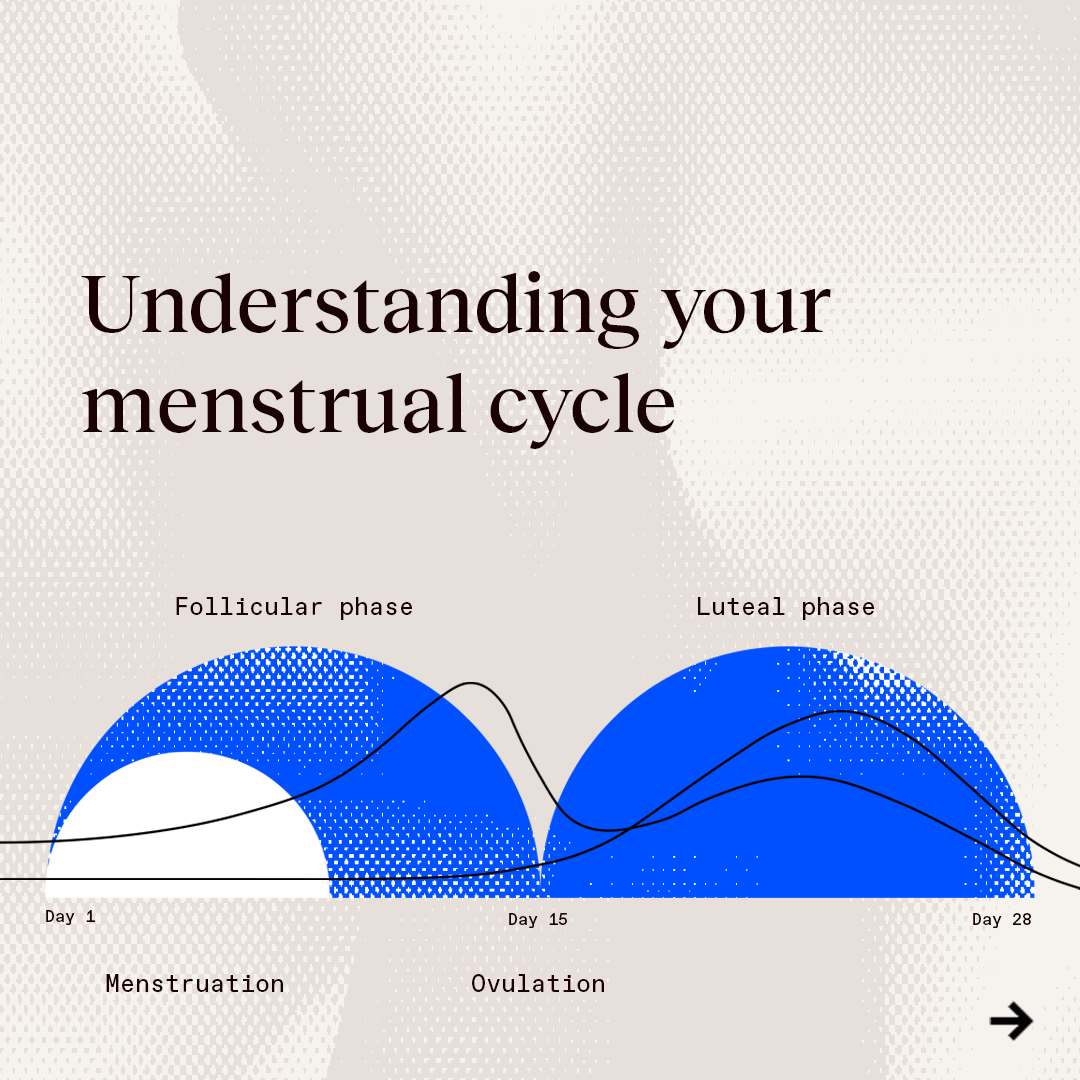Welcome to our guide on the menstrual cycle. We'll explore all things reproductive health, including the fundamentals of the menstrual cycle, its duration, factors affecting its variations, calculation methods, and the distinction between the menstrual cycle and the period. Hopefully, this will give you all the information you need to better understand your cycle and period.
In this article we’ll be covering:
- What is a menstrual cycle?
- How long is a menstrual cycle?
- What causes menstrual cycle dates to change every month?
- How to calculate menstrual cycle and ovulation
- Menstrual cycle vs. period: What's the difference?
What is a menstrual cycle?
The menstrual cycle is a natural process that happens in women and those assigned female at birth (AFAB) who are of reproductive age. Typically occurring between puberty and menopause, it's a monthly journey involving hormonal changes and physiological events, all gearing the body for the possibility of pregnancy.
Within each cycle, an egg is released from one of the ovaries in a process called ovulation. If fertilisation doesn't happen, the uterine lining, which thickens in preparation for pregnancy, is shed through the vagina during menstruation, also known as a period. In a nutshell, a period is just one part of the entire menstrual cycle.
How long is a menstrual cycle?
On average, a menstrual cycle lasts around 28 days, but it can differ. The length is measured from the first day of one period to the first day of the next. And, while 28 days is the average, cycles can swing from as short as 21 days to as long as 35 days, or maybe even more.
Now, what affects the length of a menstrual cycle? It's a mix of stuff like genetics, hormonal balance, age, and overall health. Irregular cycles are pretty normal, especially during the early years after you get your first period (menarche) and when you're heading towards menopause (perimenopause). So, no worries if things aren't always like clockwork. If you want to learn more about the length of your menstrual cycle, read our blog here.
What causes menstrual cycle dates to change every month?
The menstrual cycle is a complex interplay of hormones, each with its unique role. The main players are oestrogen and progesterone, produced by the ovaries.
The cycle begins with menstruation when oestrogen and progesterone levels are low. As the cycle progresses, oestrogen levels gradually rise, leading to ovulation, usually around the middle of the cycle.
After ovulation, the ovarian follicle transforms into the corpus luteum, which produces progesterone. This hormone prepares the uterine lining for a potential pregnancy. If fertilisation doesn't occur, the corpus luteum disintegrates, causing a drop in oestrogen and progesterone levels, leading to menstruation.
The delicate interplay of these hormones, along with other regulatory factors, results in slight variations in the timing of ovulation and menstruation each month, explaining changes in menstrual cycle dates.
How to calculate menstrual cycle and ovulation
Keeping track of your menstrual cycle can be quite helpful for various reasons. If you're planning to conceive, knowing when you're most fertile can boost your chances of success. On the other hand, if you want to avoid pregnancy, understanding your fertile window can help you use contraception more effectively.
To figure out your cycle length, simply mark the first day of your period on a calendar, and then do the same for the first day of your next period. Count the days between these two dates to know your cycle length. Try this for a few months to see if your cycle is consistent or irregular.
To predict ovulation, which usually happens around the midpoint of the cycle, just subtract 14 days from the expected start date of your next period. For instance, if you have a 28-day cycle, ovulation is likely to occur on day 14 (28 - 14 = 14). If you have irregular cycles, you can track other signs like changes in cervical mucus or use ovulation predictor kits to help you out.
Menstrual cycle vs. period: What's the difference?
There's a difference between the menstrual cycle and the period. The menstrual cycle covers the whole reproductive cycle, involving hormonal changes, ovulation, and menstruation. The period, on the other hand, is a specific phase within the menstrual cycle when the uterine lining sheds, causing bleeding.
While the period is what we see and experience, the menstrual cycle is the entire journey leading up to and following menstruation.
Our menstrual cycle is truly fascinating – a complex relation of hormones that gets the body ready for the possibility of pregnancy each month. It's worth noting that the length of the menstrual cycle can differ from person to person, and those changes in cycle dates happen because of hormonal fluctuations and other regulatory factors.
Tracking your menstrual cycle and ovulation can offer valuable insights into your reproductive health, whether you're aiming to conceive or looking to practise effective contraception. It's all about understanding your body better. On our blog, you can find much more information about periods, your cycle, and how to best manage it.




